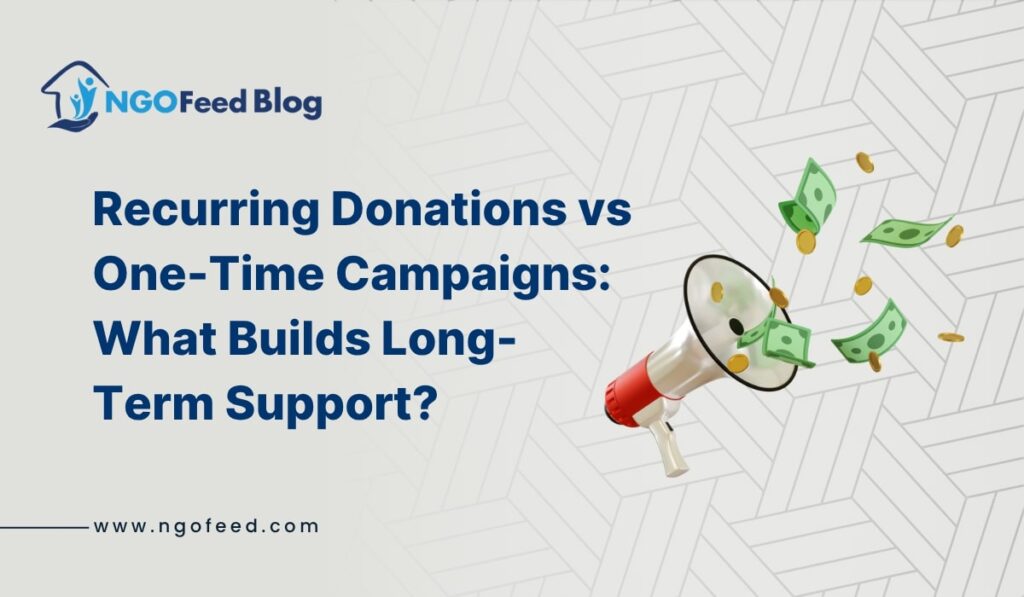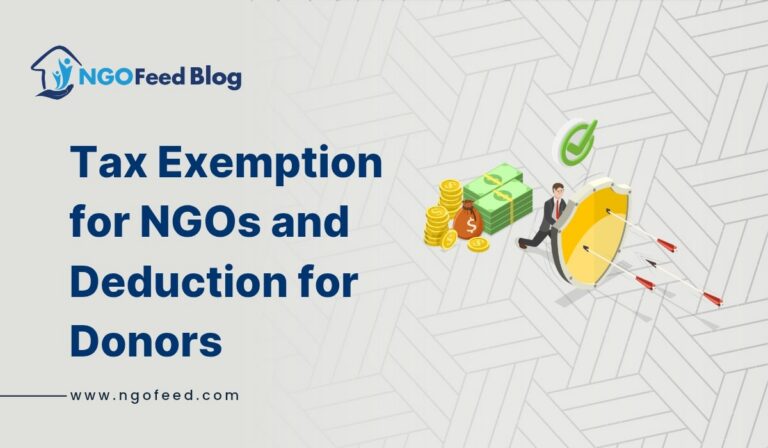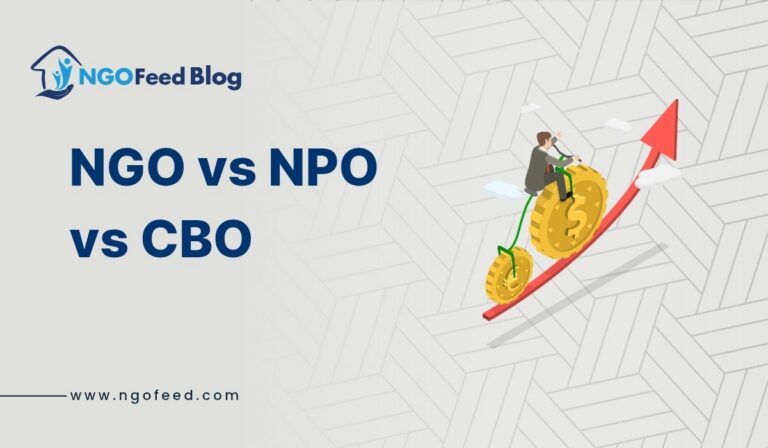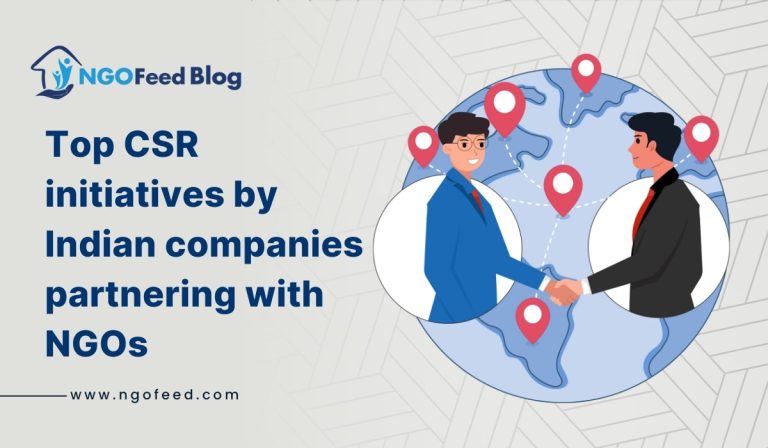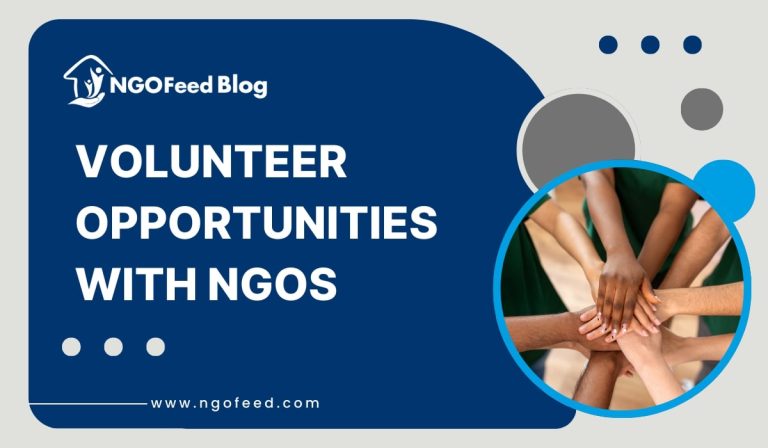Recurring Donations vs One-Time Campaigns: Donations are the lifeblood of a nonprofit. Financial support fuels the operations, outreach, and impacts of nonprofits, regardless of whether it is a broad international charity or a small grass-roots community project. However, many nonprofits face a challenging strategic question: should they focus their resources on one-time fundraising campaigns or can they be successful pursuing recurring donations?
As with everything, no approach is perfect and both have benefits and limitations. For example, one-time campaigns often create a sense of urgency and draw attention to the cause, while recurring donations create consistency and sustainability. Knowing the strengths and weaknesses of each option allows NGOs, charities, and community organizations to create strategies that raise funds and help build long-term relationships with supporters.
This article will discuss one-time campaigns and recurring donations, evaluate their relative effectiveness, and highlight best practices that can enhance one or the other into an ongoing experience which encourages future support.
Table of Contents
Recurring Donations vs One-Time Campaigns – The Appeal of One-Time campaigns
1. What Is a One-Time Campaign?
One-time campaigns are fundraising campaigns aimed at raising a specific dollar amount by a specific date. One-time campaigns are often framed around events, emergencies, or annual drives. The list below offers some examples of one-time campaigns:
- Year-end fundraising request.
- Emergency disaster relief campaign.
- Giving Tuesday campaign.
- Charity marathons or auctions
These campaigns often focus on tapping into emotion, urgency and visibility which can result in a tsunami of donations in a short time frame.
Also Read: Government Grants vs Corporate CSR Funding
2. Benefits of One-Time Campaigns
- Quick increase to cash flow: A properly run campaign can raise large amounts of funds in a small timeframe.
- Engagement & Awareness: Campaigns typically include storytelling, videos, and social media elements which all help with visibility and new donor acquisition.
- Opportunity to Test Ideas: Events, challenges, or themed drives allow organizations to test new and unique fundraising efforts.
- Good for certain needs: One-time campaigns are ideal for instances, like disaster relief or urgent initiatives, that require immediate funds.
3. Disadvantages of One-Time Campaigns
- Unpredictability: Results can vary for campaigns, which leaves the organization exposed if the goal is not achieved.
- Support for One-Time Campaigns is momentary: Donors may give one time and never again.
- High cost/effort: Running a one-time campaign requires additional time and resources for planning, promotion, and implementation.
- Donor fatigue: Constantly running campaigns may cause overload for supporters, leading to apathy and disengagement over time.
Recurring Donations vs One-Time Campaigns – The Power of Recurring Donations
1. What are Recurring Donations?
Recurring donations refer to automated, regular contributions made by donors monthly, quarterly, or annually. With digital payment platforms, recurring donations have become increasingly easy to set up and maintain.
Also Read: Best Practices for NGO Financial Reporting and Audits
2. Advantages of Recurring Donations
- Predictable Income: Organizations can forecast budgets and plan programs with more confidence.
- Long-Term Donor Relationships: Regular contributions nurture a deeper bond between donors and the cause.
- Lower Fundraising Costs: Instead of constantly running new campaigns, nonprofits sustain income with less effort.
- Community Building: Donors feel part of an ongoing mission, not just one-time givers.
3. Limitations of Recurring Donations
- Difficult Initial Conversion: Convincing donors to commit long-term may require strong trust and relationship-building.
- Lower Immediate Returns: Compared to a one-time campaign, recurring donations may seem smaller in the short run.
- Risk of Cancellations: Donors may cancel due to personal financial issues or disengagement if communication is weak.
Donor Psychology: Why People Give
To understand which model sustains long-time support, it’s important to look at donor psychology.
1. Emotional Triggers in One-Time Campaigns
- Urgency: Disasters and emergencies prompt immediate giving.
- Social Proof: Seeing friends donate or campaigns trending online motivates quick participation.
- Feel-Good Factor: Donors enjoy the emotional high of making a visible difference.
2. Relationship-Building in Recurring Donations
- Trust: Donors commit when they believe in an organization’s accountability.
- Consistency: Recurring donors see themselves as partners in impact, not just supporters.
- Belonging: Regular giving creates a sense of identity and community with the cause.
Ultimately, short-term emotion drives one-time giving, while long-term trust and belonging fuel recurring donations.
Also Read: How to Attract Foreign Donors to NGO
Which Builds Long-Term Support?
1. Sustainability Factor
Recurring donations clearly provide a stable financial base. This stability allows nonprofits to plan beyond emergencies, invest in infrastructure, and expand programs sustainably.
2. Relationship Factor
Recurring donors often transition into ambassadors, volunteers or advocates. Their consistent involvement builds a stronger ecosystem of support than one-time givers.
3. Growth Factor
One-time campaigns are excellent entry points. Many recurring donors begin as one-time supporters during a campaign and later upgrade to ongoing contributions.
Thus, recurring donations form the backbone of long-term support, while one-time campaigns act as doorways to donor acquisition and visibility.
Best Practices for Recurring Donations
1. Make Giving Simple
- Offer clear monthly donation options on websites.
- Enable multiple payment methods (credit cards, UPI, PayPal, bank transfers).
2. Personalize Communication
- Send impact stories showing how ongoing donations create change.
- Address donors by name and acknowledge milestones (e.g., “1 year as a supporter”).
Also Read: How to Apply for Government Grants for NGO
3. Offer Transparency
- Share regular financial reports, updates and measurable results.
- Highlight how consistent giving sustains core programs.
4. Build Community
- Create donor clubs or loyalty programs.
- Host exclusive webinars or Q&A sessions for recurring donors.
Best Practices for One-Time Campaigns
1. Create Urgency and Excitement
- Use countdowns, deadlines and matching donation challenges.
- Leverage seasonal or global events like Giving Tuesday.
2. Tell Compelling Stories
- Use videos, testimonials and visuals that evoke emotion.
- Highlight immediate impact (“Your donation today will feed 100 families”).
3. Maximize Reach
- Utilize social media, influencers, and peer-to-peer fundraising.
- Encourage donors to share the campaign with friends and networks.
4. Follow Up After the Campaign
- Thank donors promptly.
- Provide impact updates.
- Invite them to become recurring donors.
Recurring Donations vs One-Time Campaigns – Balancing Both Approaches
Rather than viewing one-time campaigns and recurring donations as opposing strategies, nonprofits can integrate both into a balanced fundraising ecosystem.
Also Read: Government Grants Available for NGO
1. Acquisition vs Retention
- One-time campaigns attract new donors through urgency and visibility.
- Recurring donations retain those donors for long-term impact.
2. Funnel Strategy
- Start with one-time campaigns to introduce supporters to the cause.
- Follow up with personalized messaging encouraging recurring commitments.
3. Complementary Roles
- One-time campaigns can fund special projects, expansions, or emergencies.
- Recurring donations cover ongoing operational costs and core programs.
Recurring Donations vs One-Time Campaigns – Case Example (Generalized)
Consider a nonprofit focused on child education:
- Through a one-time campaign, it raises funds to build a new classroom.
- Through recurring donations, it ensures teachers’ salaries, books and meals are funded year after year.
This illustrates how the two approaches complement each other to create both immediate impact and sustainable growth.
Also Read: Cultural Appropriation Vs Cultural Respect in NGO Campaigns
Future of Fundraising: Subscription Philanthropy
Just as businesses thrive on subscription models (Netflix, Spotify), nonprofits are increasingly adopting subscription-style giving. This trend transforms donors into members of a movement, with ongoing engagement, exclusive updates, and digital communities.
The shift indicates that recurring donations are not only financially sustainable but also align with modern donor preferences for convenience and belonging.
Conclusion
The question of recurring donations vs. one-time campaigns is not about choosing one over the other but about leveraging both effectively.
- One-time campaigns bring visibility, momentum, and immediate funds.
- Recurring donations build stability, trust, and long-term support.
Also Read: FCRA Rules 2025: What Every NGO in India Must Know
For lasting impact, nonprofits must use one-time campaigns as entry points and recurring donations as the foundation of their mission. Together, they ensure not only survival but also sustainable growth in serving communities and driving social change.

